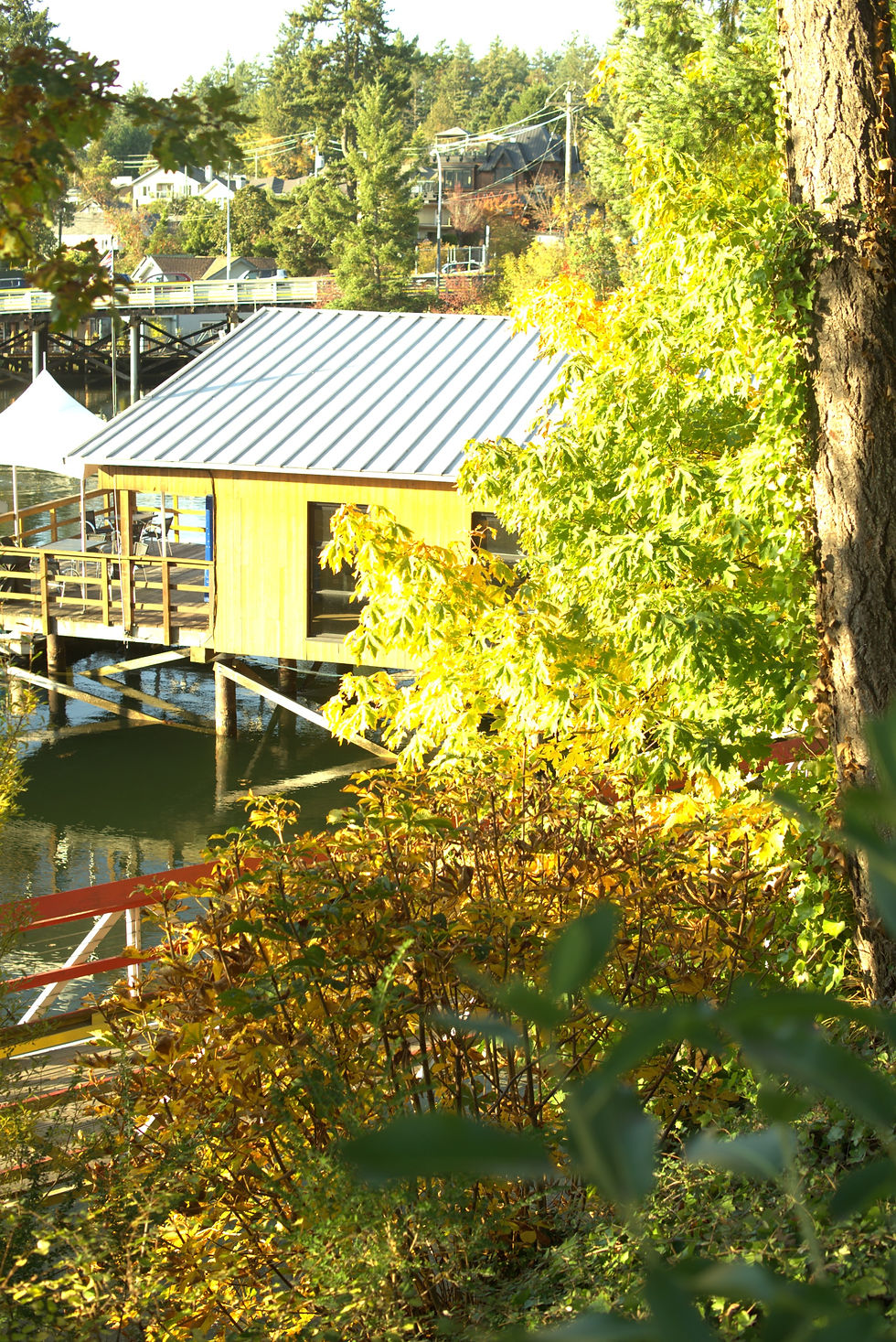Depth Of Field Basics
- David Axon
- Jul 14, 2023
- 2 min read
The principles regarding Depth of Field (DOF) are introduced very quickly into any information you come across in beginner photography articles and videos, with a good reason. It fundamentally affects composition, and the quality of the image. Learning about DOF is not easy, and as with everything in photography experimenting, and not worrying too much about the result, will support understanding of how DOF works.
This blog post is based on Bruce Wunderlich’s Digital Photography School article Depth of Field: The Essential Guide (+ Tips) 2014
DOF: A simple definition:
The DOF is the zone within a photo that appears acceptably sharp and in focus.
In every picture, there is a point of focus – the spot where you actually focus your lens. But there is also an area both in front of and behind your point of focus that also appears sharp, and that area corresponds to the DOF
DOF is described as either shallow or deep
A shallow DOF is when the subject in there foreground is sharp and the background is blurry, such as in many portrait images.
A deep DOF is when the whole shot is sharp from front to back, such as in landscape.
Another important factor is how wide the aperture is, how close I am to the subject, and the focal length of the lens. These combine to determine the DOF.
Large aperture = Small f-number = Shallow (small) DOF
Small aperture = Large f-number = Deep (large) DOF
The closer your subject is to the camera, the shallower your DOF becomes.
The longer your focal length, the shallower the DOF.
DOF incorporates bokeh, that lovely blurry background that so many photographers seek
To be able to be in control of DOF, you need to use either Aperture Priority or manual mode.
Shallow DOF is good to make a subject stand out, such as a person, animal, flower etc.
If your goal is a shallow DOF effect, use a longer lens (if possible) and set it to its widest possible aperture. Then get as close as you can to your subject – without ruining your composition – and take your shot.

A deep DOF is useful for landscapes, street photography, and architectural photography
If your goal is to achieve a deep depth of field effect, use a wide-angle lens (if possible) and get as far back from your subject as you can without sacrificing the composition. Then dial in a narrow aperture – often f/8 or beyond is ideal, focus about a third of the way into the scene, and take your shot.








Comments